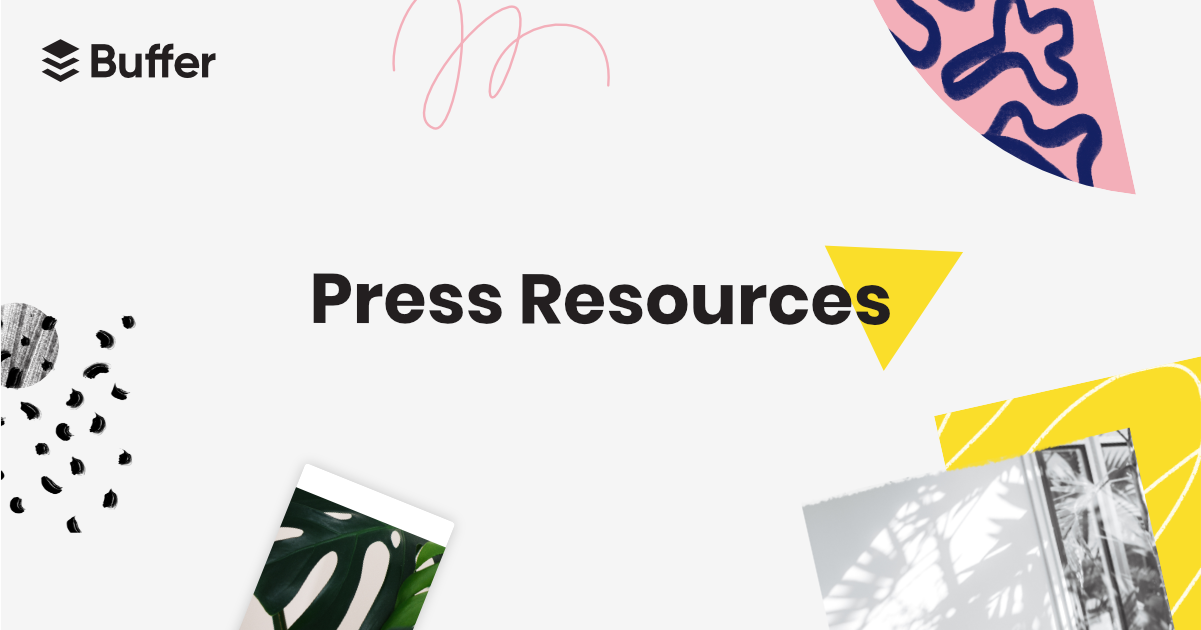
Buffer: Complete Buyer's Guide
The AI-assisted social media scheduler that delivers measurable engagement improvements through human-guided automation.
Buffer is an AI-powered social media management platform that has positioned itself as the automation-focused solution in the rapidly expanding AI social media market, projected to reach USD 54.07 billion by 2034 from USD 3.34 billion in 2025[41]. The platform addresses critical efficiency challenges where manual scheduling consumes 10-20 hours weekly per marketing professional while exhibiting 30% higher error rates than AI-powered alternatives[55][57].
Market Position & Maturity
Market Standing
Buffer operates as an established player in the AI social media management market, positioned between basic scheduling tools and comprehensive enterprise platforms like Sprout Social or Hootsuite.
Company Maturity
The company demonstrates operational maturity through its ability to serve diverse customer segments from small businesses requiring 48-hour basic setups to enterprises needing 8-week deployment timelines[37][38].
Growth Trajectory
Buffer's focus on human-guided AI collaboration aligns with market trends showing variable effectiveness of purely automated content generation, positioning Buffer advantageously as AI capabilities mature.
Industry Recognition
Industry recognition comes through customer success stories spanning creative businesses like Artifact Uprising achieving 8,000 follower growth and enterprise implementations demonstrating 30-50% scheduling time improvements[56][57].
Strategic Partnerships
Strategic partnerships and ecosystem positioning enable Buffer to maintain raw data export capabilities and support comprehensive martech integrations, though specific partnership details weren't extensively documented in available research.
Longevity Assessment
Buffer's long-term viability is supported by its position in the rapidly expanding AI social media market projected to reach USD 54.07 billion by 2034[41].
Proof of Capabilities
Customer Evidence
Artifact Uprising achieved 8,000 follower growth within 12 months through Buffer implementation that freed team resources from manual scheduling for strategic audience engagement[56].
Quantified Outcomes
Quantified performance evidence shows AI-assisted content achieving 1.2x higher median engagement rates compared to manual posts across Facebook, LinkedIn, and TikTok[58].
Case Study Analysis
Enterprise validation comes through documented implementations achieving 30-50% scheduling time improvements, with specific cases like Atlassian reporting 40% scheduling time reductions[57].
Market Validation
Market adoption patterns reveal Buffer's scalability across organizational types, from small businesses completing basic setups within 2-14 days to marketing agencies managing 500+ client accounts with approximately 1 FTE per 50 accounts for effective management[37].
Competitive Wins
Competitive performance evidence positions Buffer favorably against alternatives experiencing quality issues. While Hootsuite's AI-generated content achieved 0 visitors compared to 26 for human-created content, Buffer's human-guided AI approach shows consistent engagement improvements[53][58].
Reference Customers
The platform's ability to serve diverse customer segments from creative businesses to enterprise marketing teams indicates broad market acceptance and operational effectiveness across different organizational requirements and use cases.
AI Technology
Buffer's AI technology foundation centers on its AI Assistant functionality that combines content generation, optimization, and scheduling automation through machine learning algorithms trained on platform-specific engagement patterns[44][46].
Architecture
The platform's architecture emphasizes human-guided AI collaboration rather than fully automated content generation, a technical decision validated by performance data showing AI-assisted content achieving 1.2x higher engagement rates compared to manual posts[58].
Primary Competitors
Sprout Social, Hootsuite, SocialPilot
Competitive Advantages
Proven AI-assisted content performance with measurable engagement improvements, automation simplicity enabling rapid deployment, and reliable content generation avoiding the quality issues experienced by some competitor implementations.
Market Positioning
Buffer is positioned as a middle-ground solution: more sophisticated than basic scheduling tools but less analytics-intensive than enterprise platforms like Sprout Social.
Win/Loss Scenarios
Win/loss scenarios favor Buffer when organizations need streamlined AI-assisted content creation with rapid implementation timelines under 6 weeks and cost-effective AI functionality without premium enterprise pricing structures.
Key Features

Pros & Cons
Use Cases
Pricing
Featured In Articles
Comprehensive analysis of AI Social Scheduling for AI Marketing & Advertising for AI Marketing & Advertising professionals. Expert evaluation of features, pricing, and implementation.
How We Researched This Guide
About This Guide: This comprehensive analysis is based on extensive competitive intelligence and real-world implementation data from leading AI vendors. StayModern updates this guide quarterly to reflect market developments and vendor performance changes.
59+ verified sources per analysis including official documentation, customer reviews, analyst reports, and industry publications.
- • Vendor documentation & whitepapers
- • Customer testimonials & case studies
- • Third-party analyst assessments
- • Industry benchmarking reports
Standardized assessment framework across 8 key dimensions for objective comparison.
- • Technology capabilities & architecture
- • Market position & customer evidence
- • Implementation experience & support
- • Pricing value & competitive position
Research is refreshed every 90 days to capture market changes and new vendor capabilities.
- • New product releases & features
- • Market positioning changes
- • Customer feedback integration
- • Competitive landscape shifts
Every claim is source-linked with direct citations to original materials for verification.
- • Clickable citation links
- • Original source attribution
- • Date stamps for currency
- • Quality score validation
Analysis follows systematic research protocols with consistent evaluation frameworks.
- • Standardized assessment criteria
- • Multi-source verification process
- • Consistent evaluation methodology
- • Quality assurance protocols
Buyer-focused analysis with transparent methodology and factual accuracy commitment.
- • Objective comparative analysis
- • Transparent research methodology
- • Factual accuracy commitment
- • Continuous quality improvement
Quality Commitment: If you find any inaccuracies in our analysis on this page, please contact us at research@staymodern.ai. We're committed to maintaining the highest standards of research integrity and will investigate and correct any issues promptly.